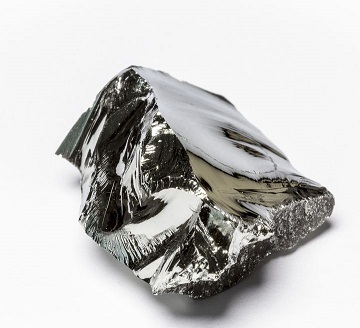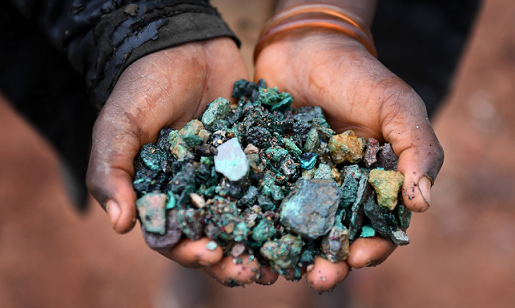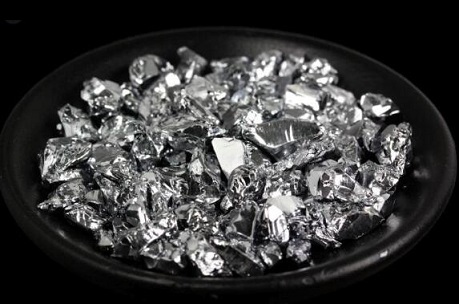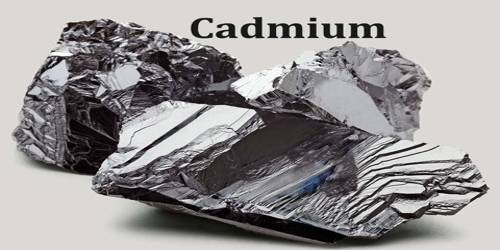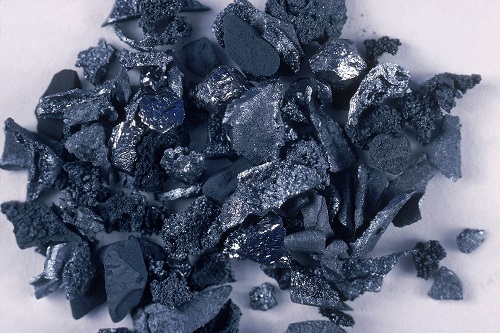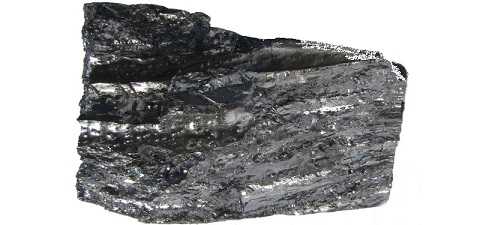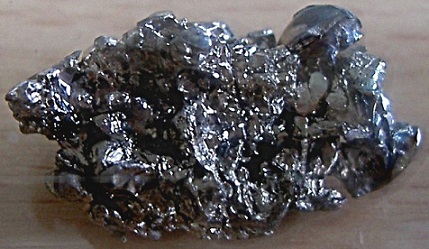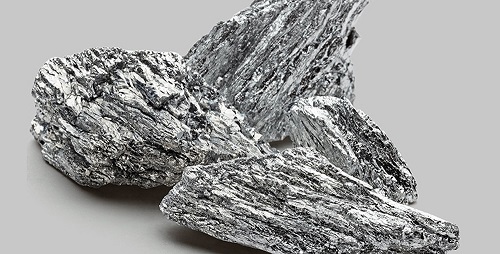Inorganic chemicals is the shortened form of inorganic chemical industry and is an important branch of the chemical industry with natural resources and industrial by-products as raw materials for the production of sulfuric acid, nitric acid, hydrochloric acid, phosphoric acid, soda ash, caustic soda, synthetic ammonia, fertilizer and inorganic salts, etc. This includes sulfuric acid industry, soda industry, the chloro-alkali industry, synthetic ammonia industry, fertilizer industry and mineral industry. Its broad definition also includes the production of inorganic non-metallic materials and fine inorganic product such as ceramics and inorganic pigment. The main raw material of inorganic chemical products are mineral product including sulfur, sodium, phosphorus, potassium and calcium and coal, oil, gas, and air, water and so on. Inorganic chemicals can be traced back to the ancient process of ceramics, alchemy, brewing, dyeing at thousands of years ago. Although with small scale, backward technology and pure manual manipulation, but it is the prototype of inorganic chemicals. For thousands of years, due to the low productivity, it gets slow development. Until the 18th century, it had developed rapidly. In the middle of 18th century, Britain had first applied lead chamber method using saltpeter and sulfur as raw materials to produce sulfuric acid. In 1783, Lu Bulan (France) proposed the soda method using sodium chloride, sulfuric acid, coal as raw materials. In the latter half of the 18th century, the modern chemical industry taking inorganic chemical industry as the main content had began to emerge. In 1841, people began the production of phosphate fertilizer; In 1965 Belgian Solvay realized the industrialization of ammonia soda for production of soda; with the rise of preparing potassium industry in 1870; In 1890, people began to use electrolytic approach for making Cl2 and caustic soda; In 1913, people had achieved the catalytic synthesis
Sources of Exposure and Industrial Hygiene of Germanium
Germanium [symbol Ge; Chemical Abstracts Service Registry Number (CASRN): 7440-56-4] is never found in a pure state in the environment. In the refined state, it is a gray– white metalloid.
Mar 6,2020 Inorganic chemistryCopper——Sources of Exposure; Industrial Hygiene and Risk Assessments
Copper (symbol Cu; CAS #7440-50-8) is distributed widely in nature; it is the twenty-sixth most abundant element in the earth’s crust and is an essential element for many life forms. Copper is an abun
Mar 6,2020 Inorganic chemistryCobalt: Sources of Exposure & Medical Management
Cobalt (Co; CASRN 7440-48-4) is a silvery-gray brittle but hard metal, which is distributed widely in nature, including rocks, soil, plants, and animals. It is a metal with no odor and no vapor pressu
Mar 6,2020 Inorganic chemistryChromium——Sources of Exposure & Risk Assessments
Chromium occurs in several different oxidation states from chromium metal to hexavalent chromium (Cr(VI)) compounds. In the environment, chromium exists primarily in the trivalent (Cr(III)) and Cr(VI)
Mar 6,2020 Inorganic chemistrySources of Exposure and Risk Assessments of Cadmium
Cadmium (symbol Cd; CAS #744-43-9) is a naturally occurring element found in combination with zinc in the earth’s crust. Most cadmium used in the United States is derived from zinc, copper, or lead ex
Mar 6,2020 Inorganic chemistryBoron——Sources of Exposure & Industrial Hygiene
Boron occurs naturally as sodium borate (Na2B4O7) and calcium borate. Borax (Na2B4O710H2O) has been used for many purposes for years. The earth’s crust contains approximately 0.0008% boron (Cotton et
Mar 6,2020 Inorganic chemistryBismuth——Exposure Sources&Risk Assessments
Bismuth is a relatively rare metal found in the earth’s crust at about the same level as silver. It is usually associated with copper, lead, tungsten, silver, and gold ores. Bismuth typically is a byp
Mar 5,2020 Inorganic chemistryExposure Sources & Medical Management of Beryllium
Beryllium (Be; CASRN 7440-41-7) is the lightest structural metal known to exist at this time. It is stronger than steel by 40%, its dimensional stability, favorable stiffness-to-weight ratio, high the
Mar 5,2020 Inorganic chemistryExposure Sources & Risk Assessments of Barium
Barium(symbolBa;CASRN7440-39-3)isadense,silver-white metal thatoxidizesrapidlyinair,assumingasilver-yellowcolor, when present in its elemental state. The TSCA inventory, established by the Toxic Subst
Mar 5,2020 Inorganic chemistryAntimony——Exposure Sources & Industrial Hygiene
Antimony is a metal with synonyms, including antimony black; elemental antimony; antimony metal; metallic antimony; stibanylidynestibane; antimony ingot; antimony powder; antimony regulus; stibium and
Mar 5,2020 Inorganic chemistry



